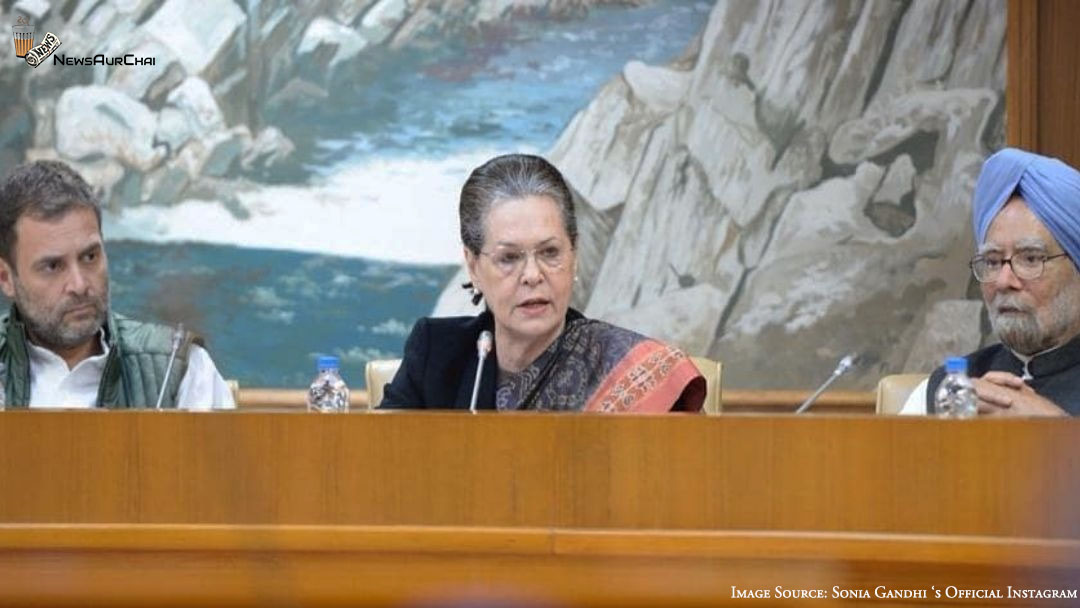
The Delhi violence has been beneficial for Congress party, which got to slash both the Central Government and Delhi State Government for letting the tragic incident to happen.
On February 27, 2020, Congress president Sonia Gandhi along with few other party delegates met President Ram Nath Kovind following the unfortunate incident which took the lives of 38 people. After the meeting, pointing out the flaws of the two Opposition parties she stated that Home Minister Amit Shah should be sacked for “abdicating” his duties, and Arvind Kejriwal’s government in Delhi had been just a “mute spectators.”
While speaking about the mishap, she said-that both the centre and newly elected state government were “mute spectators to the violence.”
Former Prime Minister Manmohan Singh said–“We urged the President to use his power to protect Rajdharma,” condemning the violence in which over 200 have been injured.
The Congress party has been demanding the resignation of the Union Minister Amith Shah since the violence broke out on February 23, 2020 evening in northeast Delhi between groups against and in favour of the controversial citizenship law CAA.
Sonia Gandhi further stated that the Delhi Court should step in and remind the Delhi police of their duties to act against the rioters; it was considered as a direct accusation against the home minister.
The police were accused of failing to control the spiralling violence on the street, looting, arson and stone-throwing, which prolonged for four days, and finally took a communal turn.
In the memorandum Congress party stated that–“Rashtrapati ji you are given the highest possible responsibility under the Constitution of India: to act as the conscience keeper of this Government and to remind it of its Constitutional duty and the pillars of Raj Dharma, by which any just government must abide.”
Manmohan Singh told reporters, “We requested the President to use his power to call upon the central government to protect and preserve its ‘raj dharma’ so that the citizen of this country and this city are assured of peace, tranquil and justice.”
Congress party also pointed out that the Delhi violence was an apparent failure of intelligence agencies. They asked if there was any provided which could have helped in preventing such an incident.
Sonia stated the seeds of division were sown by the provocative remarks made by the BJP leaders during the recent Delhi election.
Seems likes out of all the group who were affected by the riot, Congress party had some mass benefit out of it; after the disastrous failure during Delhi Election, the riot and the following accusation seemed more like a much-needed medicine.





